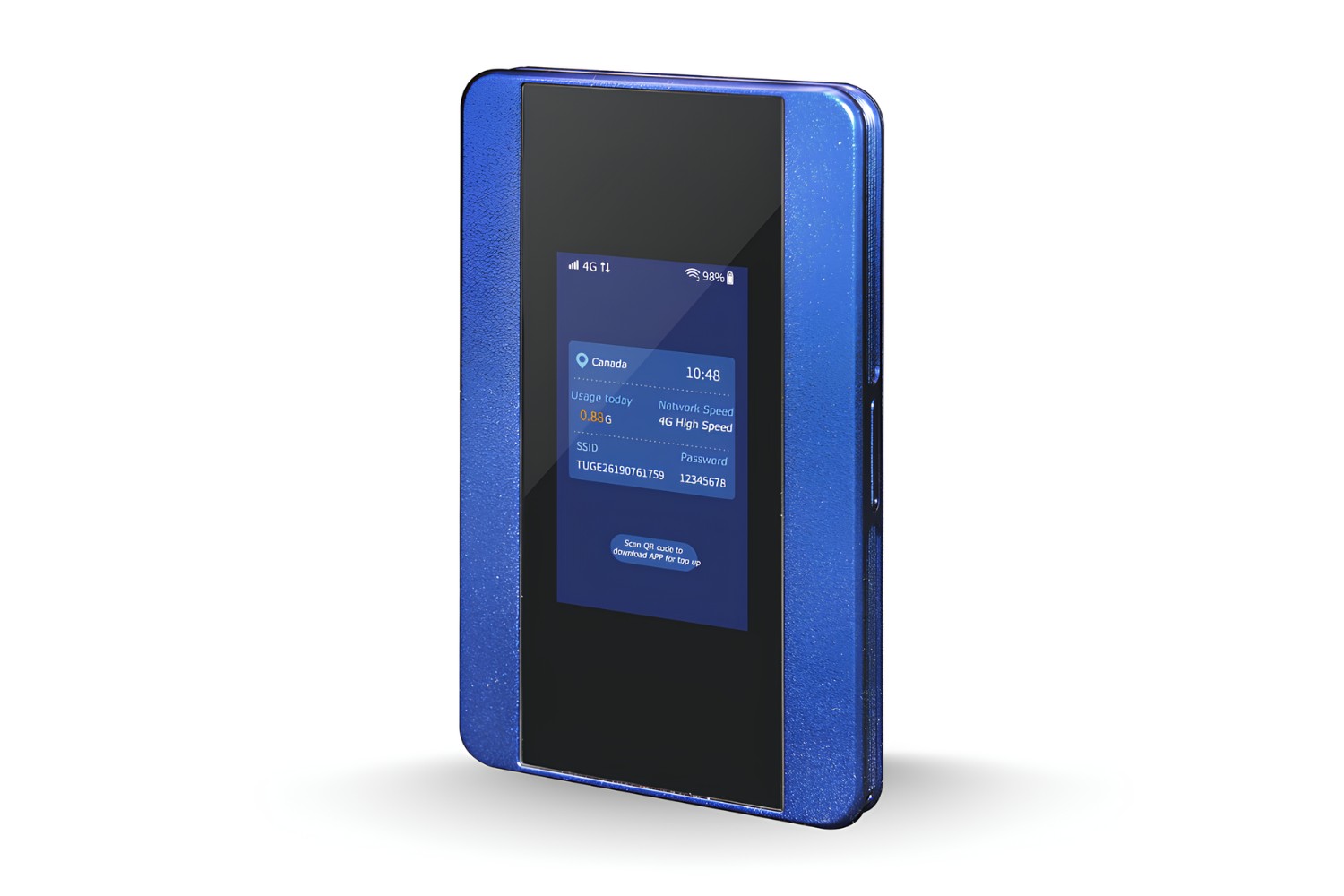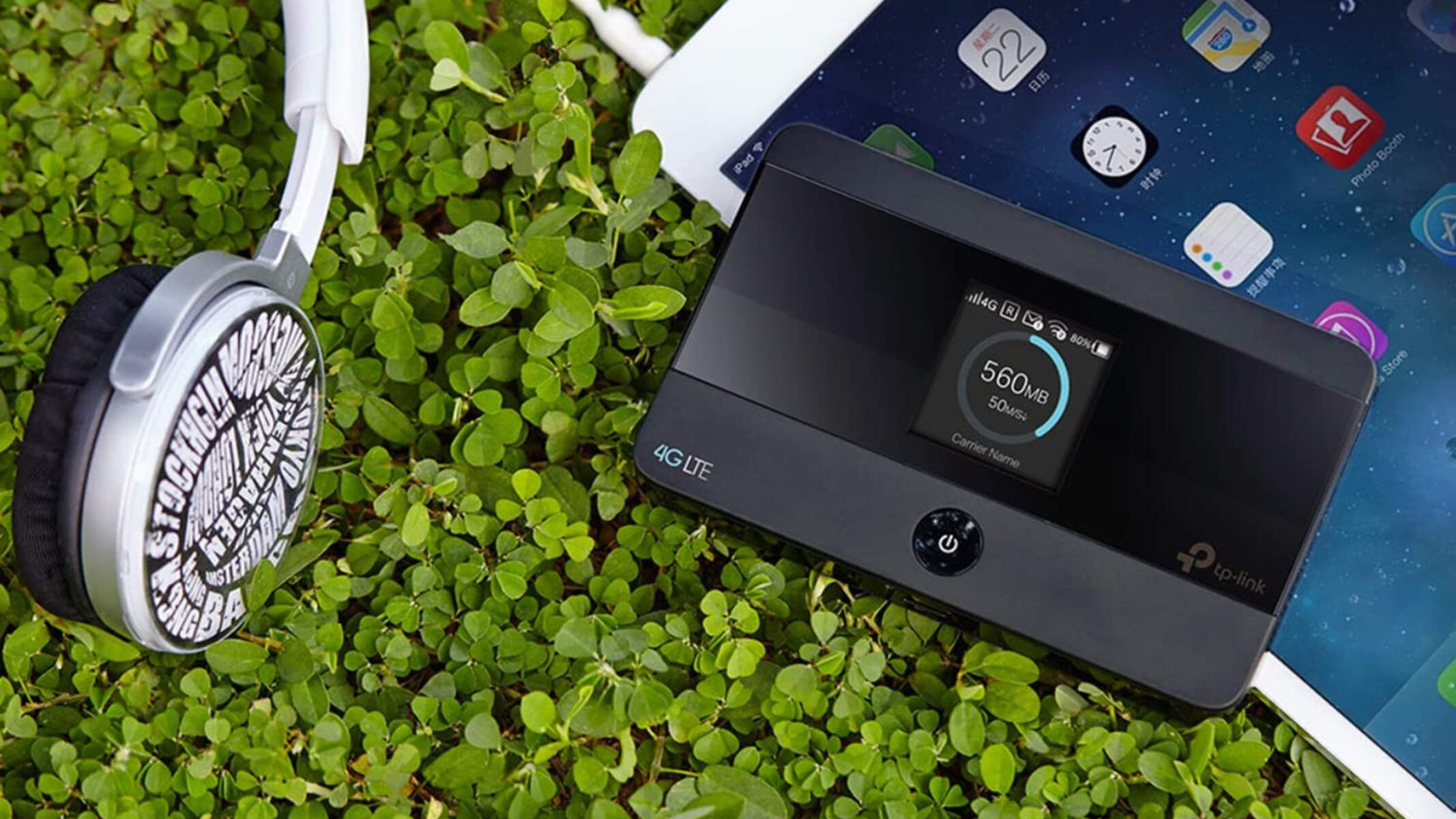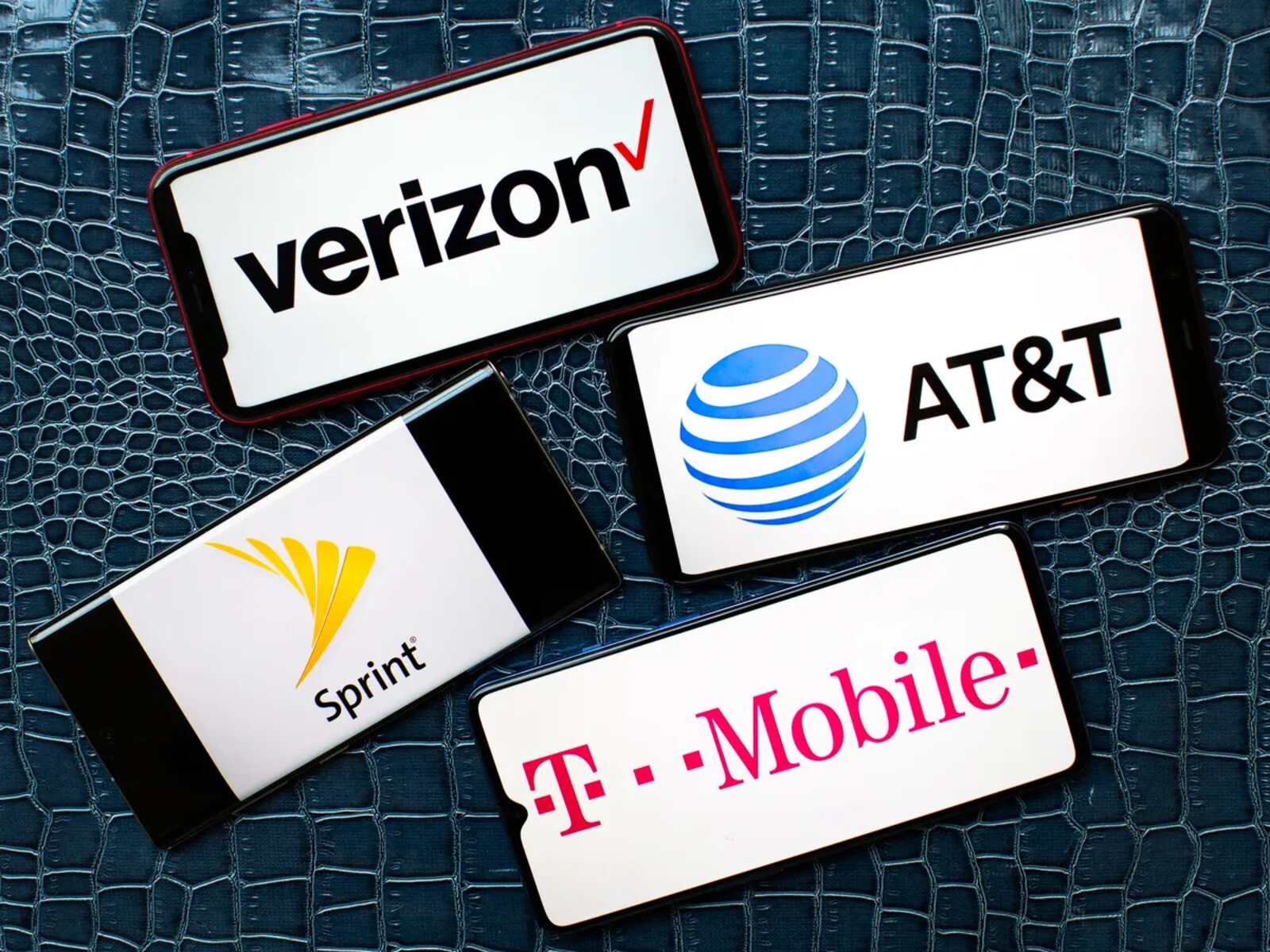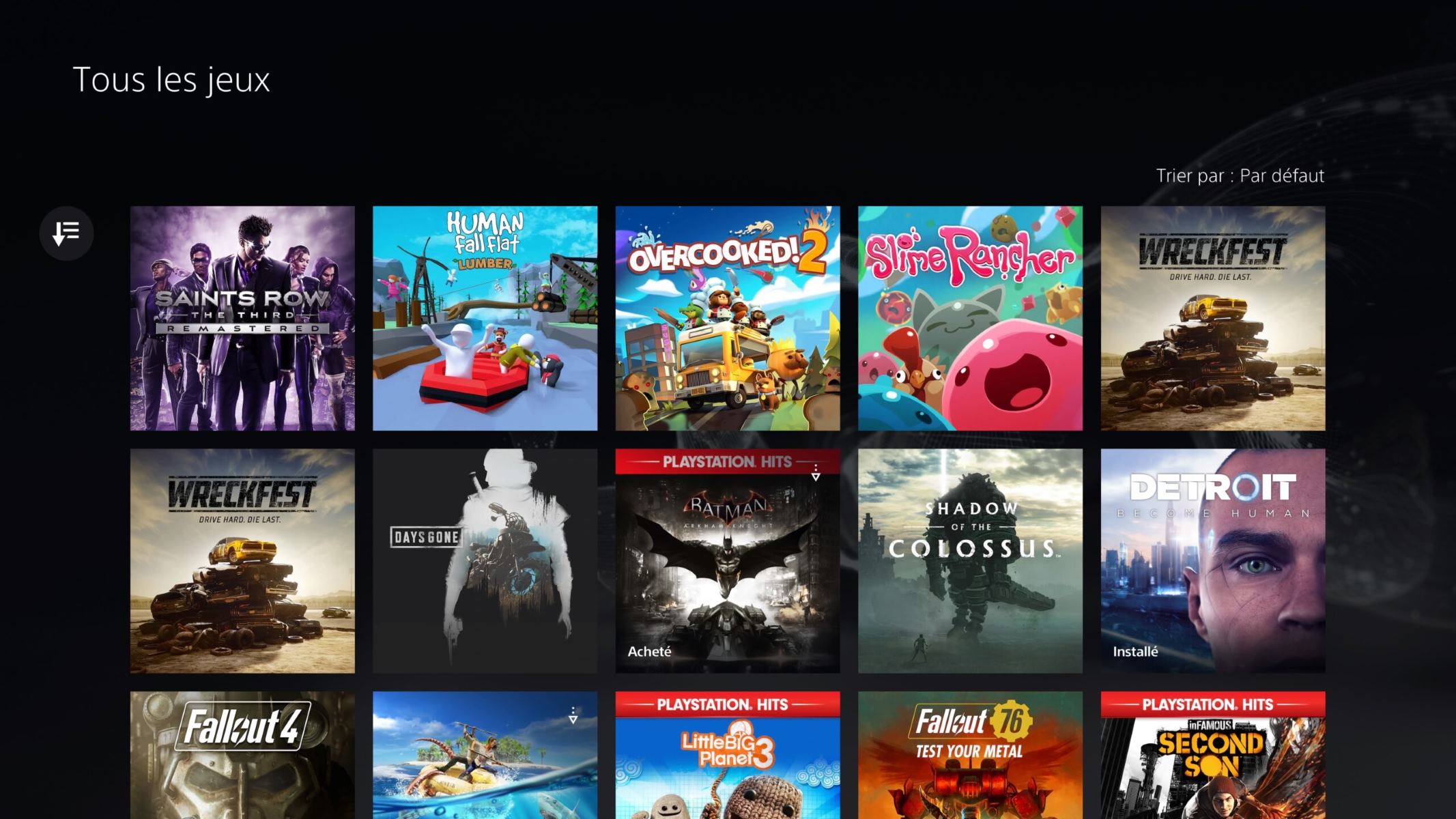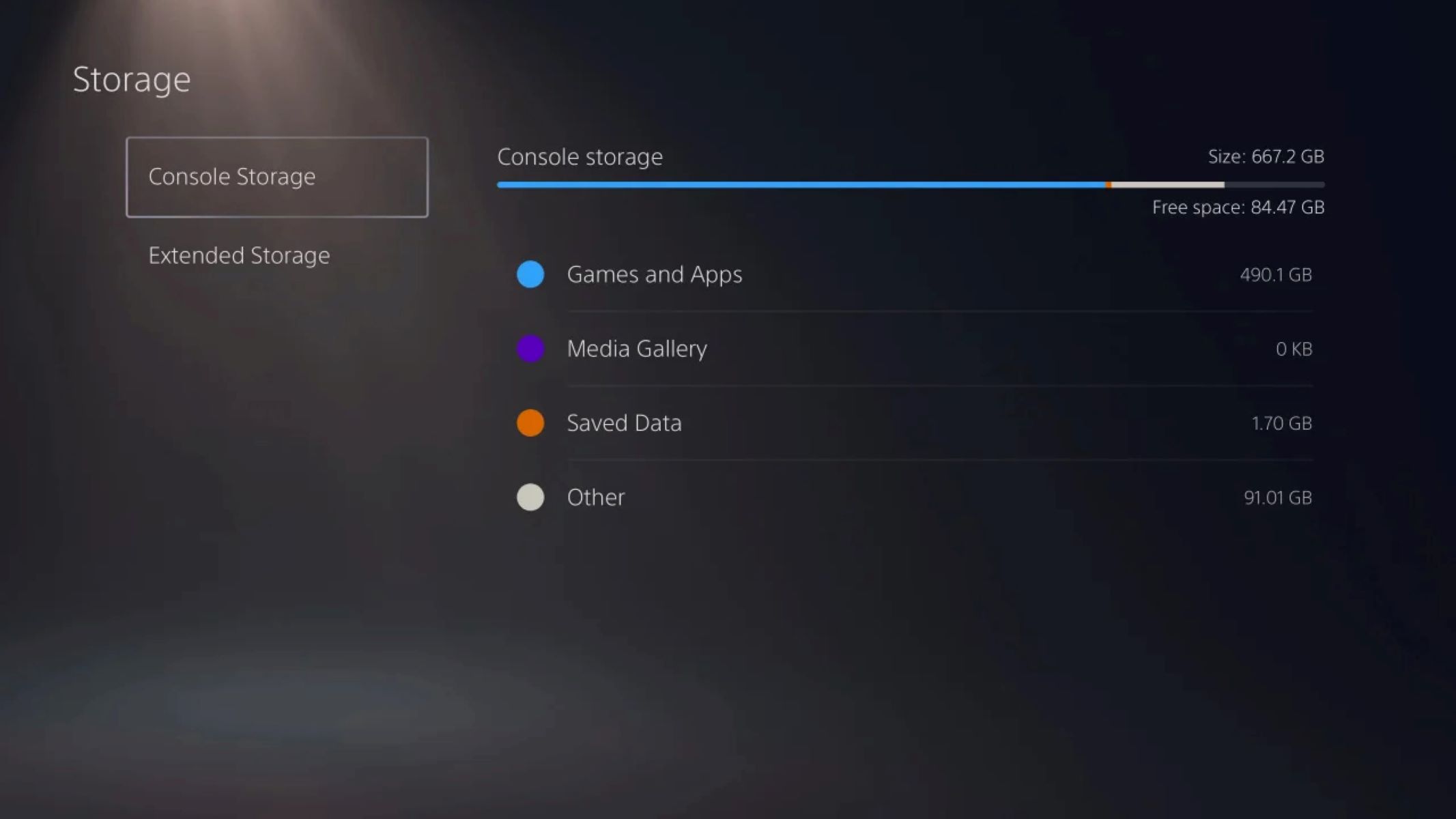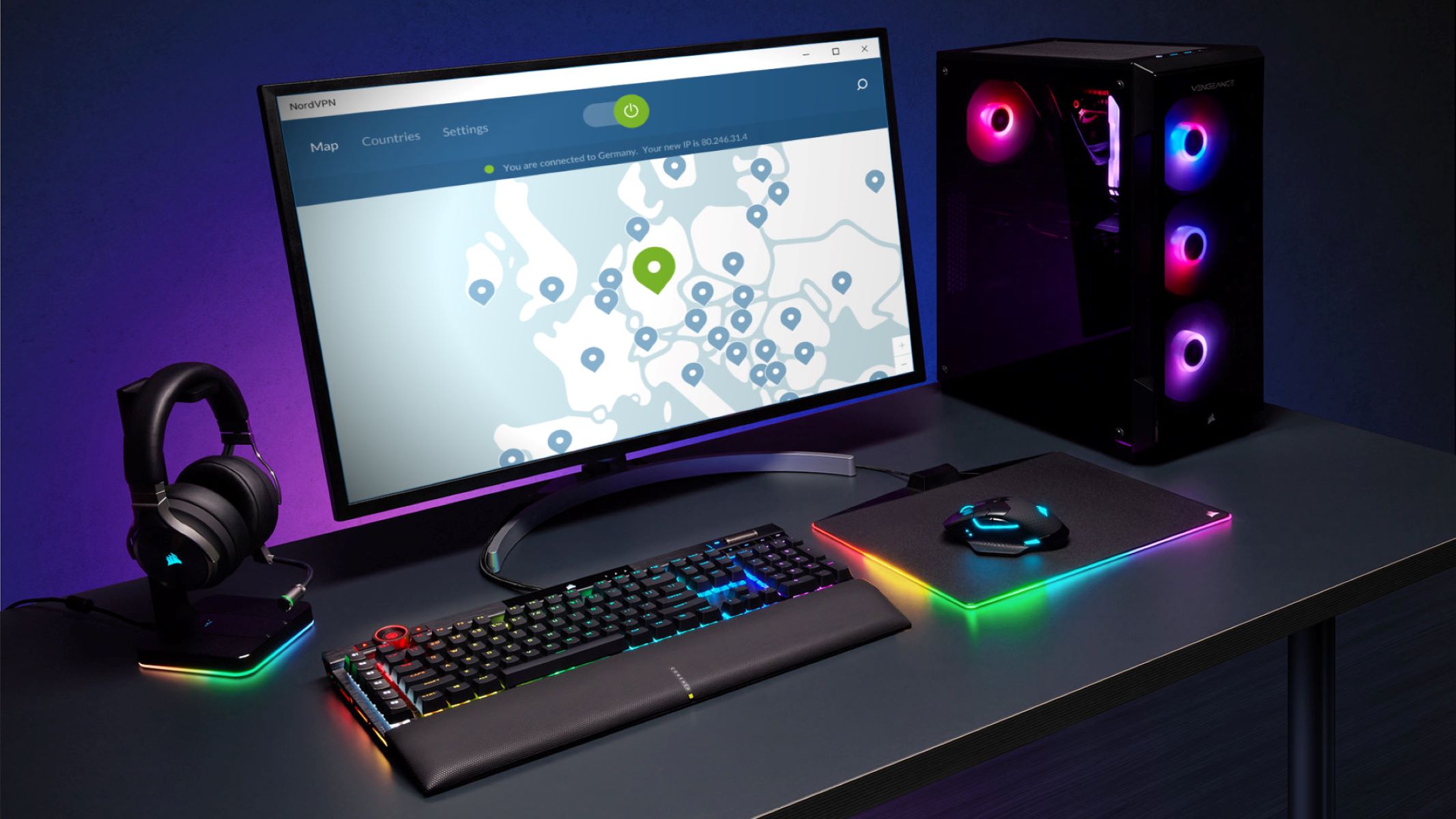Introduction
In today's fast-paced digital age, staying connected is more important than ever. Whether it's for work, school, or leisure, having reliable internet access on the go is a necessity for many people. This is where hotspot data comes into play. Hotspot data allows individuals to access the internet from virtually anywhere, using their smartphones, tablets, or dedicated mobile hotspot devices.
As the demand for mobile connectivity continues to surge, understanding how hotspot data works and how to manage its usage effectively has become increasingly crucial. In this article, we will delve into the world of hotspot data, shedding light on its inner workings, demystifying the concept of 100GB of hotspot data, and providing valuable tips for optimizing its usage.
By the end of this article, you will have a comprehensive understanding of hotspot data, empowering you to make informed decisions about how to leverage this technology to its fullest potential. So, let's embark on this journey to unravel the mysteries of hotspot data and equip ourselves with the knowledge needed to navigate the digital landscape with confidence and ease.
What is Hotspot Data?
Hotspot data, also known as tethering, refers to the capability of a mobile device, such as a smartphone or tablet, to share its cellular data connection with other devices. This allows users to create a localized Wi-Fi network, enabling multiple devices to access the internet using the mobile device's data connection.
Essentially, when a device is set up as a hotspot, it functions as a portable Wi-Fi router, providing internet connectivity to other devices within its vicinity. This feature has become increasingly prevalent in modern mobile devices, serving as a convenient solution for individuals who require internet access on their laptops, tablets, or other Wi-Fi-enabled devices while on the go.
Hotspot data usage is particularly valuable in situations where traditional Wi-Fi networks are unavailable or unreliable, such as during travel, outdoor events, or in remote locations. It offers a flexible and convenient way to stay connected, allowing users to access online resources, communicate via email, participate in video conferences, and engage in various online activities regardless of their physical location.
Furthermore, hotspot data can be a cost-effective alternative to dedicated broadband connections, especially for individuals who require occasional or temporary internet access for specific tasks. By leveraging their existing mobile data plan, users can harness the power of hotspot data without the need for additional contracts or hardware.
In essence, hotspot data empowers users to transform their mobile devices into portable internet hubs, extending connectivity to a multitude of devices and enabling seamless access to the digital world. Understanding the capabilities and limitations of hotspot data is essential for maximizing its utility and ensuring a smooth and reliable internet experience across various devices and scenarios.
How Does Hotspot Data Work?
Hotspot data operates by utilizing the cellular data connection of a mobile device to establish a localized Wi-Fi network, enabling other devices to connect and access the internet. When a device is configured as a hotspot, it essentially functions as a bridge between the cellular network and Wi-Fi-enabled devices, serving as a conduit for data transmission.
The process begins with the mobile device, such as a smartphone, establishing a connection to the cellular network provided by a wireless carrier. Once the device's hotspot feature is activated, it generates a Wi-Fi network identifier (SSID) and a security key (password), allowing other devices to discover and connect to the hotspot.
When a secondary device, such as a laptop or tablet, attempts to join the hotspot network, it sends a connection request to the mobile device. Upon successful authentication using the provided security key, the secondary device gains access to the internet through the mobile device's cellular data connection.
From a technical standpoint, the mobile device acts as a router, employing network address translation (NAT) to manage the flow of data between the connected devices and the cellular network. This enables seamless data transmission, allowing users to browse the web, stream media, and engage in online activities as if they were connected to a traditional Wi-Fi network.
Hotspot data functionality is supported by the mobile device's hardware and software, which facilitate the creation and management of the Wi-Fi network, as well as the allocation and distribution of data traffic among connected devices. Additionally, wireless carriers may impose certain restrictions or limitations on hotspot data usage, such as data caps or speed throttling, which users should be mindful of when utilizing this feature.
Understanding the mechanics of hotspot data empowers users to leverage this technology effectively, enabling them to harness the convenience and flexibility of mobile connectivity across a diverse array of devices and usage scenarios. By comprehending the underlying principles of hotspot data operation, individuals can make informed decisions regarding its utilization and optimize their internet access experience while on the go.
Understanding 100GB of Hotspot Data
When it comes to mobile data plans, the allocation of 100GB of hotspot data represents a substantial reservoir of connectivity that can cater to a wide range of online activities. To put this into perspective, 100GB equates to approximately 100,000 megabytes of data, offering a generous allowance for internet usage across multiple devices.
With 100GB of hotspot data at your disposal, you have the flexibility to engage in various online endeavors without constantly worrying about exceeding your data limit. This ample allocation empowers you to stream high-definition video content, participate in virtual meetings, download large files, engage in online gaming, and indulge in seamless web browsing, all while leveraging the convenience of your mobile hotspot.
To provide a clearer understanding, let's delve into the potential usage scenarios for 100GB of hotspot data:
-
Streaming Media: With 100GB, you can stream approximately 200 hours of high-definition video content. Whether you're enjoying your favorite movies, binge-watching TV series, or tuning into live streams, your hotspot data allowance ensures uninterrupted entertainment.
-
Virtual Meetings and Video Calls: Engaging in video conferences or virtual meetings becomes a hassle-free experience, as 100GB enables extensive participation in online gatherings without the fear of exhausting your data pool.
-
Online Gaming: For gaming enthusiasts, 100GB allows for extensive gameplay, enabling seamless connectivity for multiplayer experiences, game updates, and downloads without the burden of data constraints.
-
Downloading and Uploading Large Files: Whether it's downloading substantial software updates, uploading multimedia content, or transferring sizable documents, 100GB offers the bandwidth necessary to handle these data-intensive tasks.
-
Web Browsing and Social Media: Casual web browsing, social media engagement, and general internet usage become virtually limitless with 100GB, providing the freedom to explore online content without constant monitoring of data consumption.
Understanding the magnitude of 100GB of hotspot data empowers users to make the most of their mobile connectivity, leveraging its expansive capacity to enrich their digital experiences. By comprehending the breadth of activities that can be accommodated within this data allowance, individuals can embrace the convenience and versatility of hotspot data with confidence and enthusiasm.
Tips for Managing Hotspot Data Usage
Managing hotspot data usage effectively is essential for optimizing connectivity and avoiding unnecessary depletion of data allowances. By implementing the following tips, users can make the most of their hotspot data while maintaining control over their usage:
1. Monitor Data Consumption:
Regularly monitor your hotspot data usage to stay informed about your remaining allowance. Most mobile devices offer built-in tools for tracking data usage, allowing you to gauge your consumption patterns and adjust your activities accordingly.
2. Utilize Wi-Fi Networks:
Whenever possible, connect to Wi-Fi networks to offload data-intensive tasks from your hotspot. Utilizing available Wi-Fi connections for large downloads, software updates, and media streaming can help conserve your hotspot data for on-the-go use.
3. Optimize Streaming Quality:
When streaming media over your hotspot, consider adjusting the video quality to conserve data. Lower resolution settings consume less data, enabling you to enjoy your favorite content while minimizing data utilization.
4. Enable Data Saving Features:
Many apps and devices offer data-saving features that reduce data consumption without compromising functionality. Enable these features to optimize your hotspot data usage across various applications and services.
5. Update Apps and Devices Wisely:
Schedule app updates and device software updates to coincide with Wi-Fi availability. This approach helps minimize the impact on your hotspot data, ensuring that substantial downloads and installations occur when connected to a Wi-Fi network.
6. Limit Background Data Usage:
Review your device settings to restrict background data usage for non-essential applications. By preventing background processes from consuming data while your hotspot is active, you can prioritize data for your immediate needs.
7. Utilize Data Compression:
Explore options for data compression within web browsers and communication apps. Data compression technologies can reduce the size of transmitted data, leading to more efficient data usage during web browsing and messaging.
8. Educate Connected Devices:
Inform individuals using your hotspot about responsible data usage practices. Encourage them to avoid unnecessary data-heavy activities and to be mindful of their data consumption to collectively preserve the available hotspot data.
9. Consider Data Rollover or Bonus Options:
Check if your mobile plan includes data rollover or bonus data options. Understanding these features enables you to leverage accumulated or additional data allowances strategically, providing flexibility in managing your hotspot data usage.
By implementing these tips, users can navigate the realm of hotspot data with confidence, ensuring efficient utilization of their data allowances while enjoying seamless connectivity across their devices. These strategies empower individuals to leverage hotspot data as a versatile and reliable resource for their mobile connectivity needs.
Conclusion
In conclusion, hotspot data serves as a pivotal tool for modern connectivity, offering individuals the flexibility to access the internet from virtually anywhere. Through the establishment of localized Wi-Fi networks, hotspot data enables seamless connectivity for a diverse array of devices, empowering users to stay connected while on the go. The allocation of 100GB of hotspot data represents a substantial reservoir of connectivity, providing ample bandwidth for a wide range of online activities, from media streaming to virtual meetings and beyond.
Understanding the inner workings of hotspot data, including its operation and management, is essential for maximizing its utility and ensuring a smooth and reliable internet experience. By monitoring data consumption, leveraging Wi-Fi networks, optimizing streaming quality, and implementing data-saving features, users can effectively manage their hotspot data usage, preserving their data allowances for essential tasks and on-the-go connectivity.
As the demand for mobile connectivity continues to surge, hotspot data plays a crucial role in facilitating seamless access to the digital world. Whether it's for work, education, entertainment, or communication, hotspot data empowers individuals to transcend physical limitations and stay connected in an increasingly interconnected society.
By embracing the tips for managing hotspot data usage and understanding the vast potential of 100GB of hotspot data, users can harness the convenience and versatility of mobile connectivity with confidence and efficiency. With the ability to stream high-definition content, engage in virtual meetings, and indulge in various online activities, hotspot data empowers individuals to navigate the digital landscape with ease, regardless of their location.
In essence, hotspot data represents a gateway to unfettered connectivity, offering a bridge between the digital realm and the mobile devices we rely on daily. By comprehending its capabilities and leveraging effective management strategies, individuals can harness the power of hotspot data to enrich their digital experiences, fostering seamless connectivity and empowering them to stay connected in an ever-evolving digital landscape.







